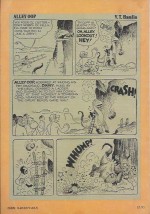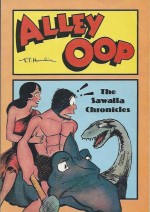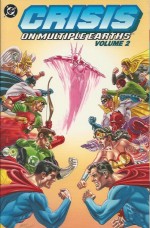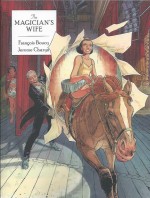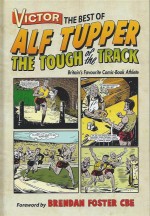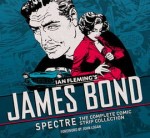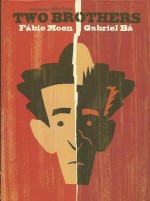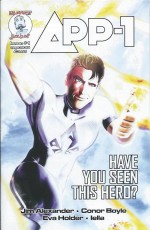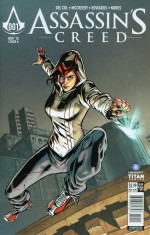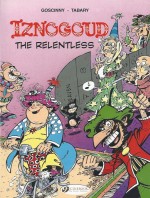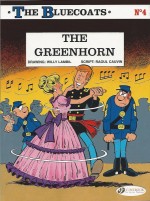
By Willy Lambil & Raoul Cauvin, translated by Erica Jeffrey (Cinebook)
ISBN: 978-1-84918-014-6
The modern myths and legends of the filmic American West have fascinated Europeans virtually since the actual days of owlhoots and gunfighters. Hergé and Moebius were passionate devotees and the wealth of stand-out Continental comics series ranges from Italy’s Tex Willer to such Franco-Belgian classics as Blueberry and Lucky Luke, and tangentially even children’s classics such as Yakari or colonial dramas such as Pioneers of the New World and Milo Manara and Hugo Pratt’s Indian Summer.
As devised by Louis “Salvé†Salvérius & Raoul Cauvin – who has scripted every best-selling volume – Les Tuniques Bleues (or as we know them The Bluecoats) debuted at the end of the 1960s, specifically created to replace Lucky Luke when the laconic gunslinger defected from weekly anthology Spirou to rival publication Pilote.
The substitute swiftly became one of the most popular bande dessinée series in Europe.
Salvé was a cartoonist of the Gallic big-foot/big-nose humour style, and when he died suddenly in 1972 his replacement, Willy “Lambil†Lambillotte slowly introduced a more realistic – but still broadly comedic – illustrative tone and manner. Lambil is Belgian, born in 1936 and, after studying Fine Art in college, joined publishing giant Dupuis as a letterer in 1952.
Born in 1938, scripter Cauvin is also Belgian and before entering Dupuis’ animation department in 1960 studied Lithography. He soon discovered his true calling – comedy writing – and began a glittering and prolific career at Spirou. In addition to Bluecoats he has written dozens of long-running, award winning series including Cédric, Les Femmes en Blanc and Agent 212: more than 240 separate albums. The Bluecoats alone has sold more than 15 million copies of its 58 album series.
As translated for English audiences, our sorry, long-suffering protagonists are Sergeant Cornelius Chesterfield and Corporal Blutch: a pair of worthy fools in the manner of Laurel & Hardy, hapless, ill-starred US cavalrymen posted to the wild frontier and various key points of fabled America during the War Between the States.
The original format featured single-page gags set around an Indian-plagued Wild West fort, but from the second volume Du Nord au Sud (North and South) the sad-sack soldiers went back East to fight in the American Civil War (a tale was rewritten as 18th album Blue rétro to describe how the chumps were drafted during the war).
Every subsequent adventure, although often ranging far beyond America and taking in a lot of thoroughly researched history, is set within the timeframe of the Secession conflict.
Blutch is your average whinging little-man-in-the street: work-shy, mouthy, devious and especially critical of the army and its inept commanders. Ducking, diving, even deserting whenever he can, he’s you or me – except sometimes he’s quite smart and heroic if no other (easier) option is available.
Chesterfield is a big burly fighting man; a career soldier who has passionately bought into all the patriotism and esprit-de-corps of the Military. He is brave, never shirks his duty and wants to be a hero. He also loves his cynical little troll of a pal. They quarrel like a married couple, fight like brothers and simply cannot agree on the point and purpose of the horrendous war they are trapped in…
The Greenhorn was the fourth translated Cinebook album (chronologically 14th Franco-Belgian volume Les Tuniques Bleues: Le blanc-bec) and opens with a grand Officer’s Ball in distant, desolate Fort Bow. As the festivities continue, out in the moonlit desert two weary cavalrymen wend their way towards the stockade…
Chesterfield and Blutch have just returned for three weeks leave and are infamous amongst the troops as regular survivors of the quite mad Captain Stark’s Suicide Regiment – as well as for their own reputation for starting fights.
It’s for that reason that the guards don’t want to mention that Colonel Appleton‘s beautiful daughter Emily has been dancing with a dashing young Lieutenant named George. Every man there knows Chesterfield is smitten with her and has a hair-trigger temper these days…
The news nearly incites the sergeant to mass-murder and it takes all Blutch’s guile to convince his pal to ride into town – and Charlie’s Saloon – instead. Sadly Chesterfield’s well-earned reputation for trouble is just as feared there and when an Indian boy is bullied by local drunks the spoiling-for-trouble sergeant – subtly prodded by underdog-loving Blutch – gleefully steps in…
By the time the harried barman reaches Fort Bow and brings back a contingent of troops, Chesterfield has decimated most of the saloon and all of the patrons and is hungry for more. When brash neophyte Lieutenant George slaps the enraged enlisted man, all hell breaks loose…
Events spiral even further out of control after the patrol final drags the unrepentant sergeant back to the Fort. When the little native lad, dragged along as a witness, takes his chance to escape, he is shot by the flustered “greenhorn†officer.
It is both a tragedy and a disaster: the boy is the son of Chief Gray Wolf who, on discovering what’s happened, demands that whoever perpetrated the appalling act be surrendered to his justice.
…Or else it’s war…
When Chesterfield and Blutch discover exactly who George is, the little corporal flees, rushing off to the encamped hostiles and claiming he was responsible. Chesterfield, not to be outdone in the guilt stakes, also owns up and baffled Gray Wolf is nearly driven crazy when bold, brave, stupid and honourable Colonel Appleton also rides into camp and takes the blame…
A tense compromise is reached as Gray Wolf agrees to let the “Long Knives†treat his gravely wounded boy; decreeing that if he lives they will be no war, but if the morning brings bad news the entire fort and town will suffer…
With a little time bought, the Colonel deals with his most immediate problem. After a ferocious dressing down Chesterfield and Blutch are sent back to Stark’s Suicide Regiment and – over Emily’s hysterical protestations – George goes with them…
Days later the trio rendezvous with Stark’s dispirited contingent as he manically battles Confederate forces. The Captain’s sole tactic is to have his men charge straight at their artillery, presumably in the certain knowledge that the enemy must run out of ammunition eventually…
Blutch and Chesterfield have developed a tactic which has kept them alive so far and, having sworn to Emily to keep George safe, force him to employ it too. However the guilt-ridden, hero-struck fool is unhappy with the shameful strategy and soon starts throwing himself into the thick of battle, intending to die with dignity…
When word comes of the recovery of Gray Wolf’s son, their ordeal seems over and, with honour satisfied, all three make a grateful departure from Stark’s depleted forces. Typically however just as a peace (and quiet) seems likely, Blutch and Chesterfield find another way to set the West ablaze and drive the natives to the brink of war…
This is another hugely amusing anti-war saga targeting young and less cynical audiences. Historically authentic, and always in good taste despite its uncompromising portrayal of violence, the attitudes expressed by the down-to-earth pair never make battle anything but arrant folly and, like the hilarious yet insanely tragic war-memoirs of Spike Milligan, these are comedic tales whose very humour makes the occasional moments of shocking verity doubly powerful and hard-hitting.
Fun, informative, beautifully realised and eminently readable, Bluecoats is the sort of war-story that appeals to the best, not worst, of the human spirit.
© Dupuis 1979 by Lambil & Cauvin. English translation © 2010 Cinebook Ltd. All rights reserved.

